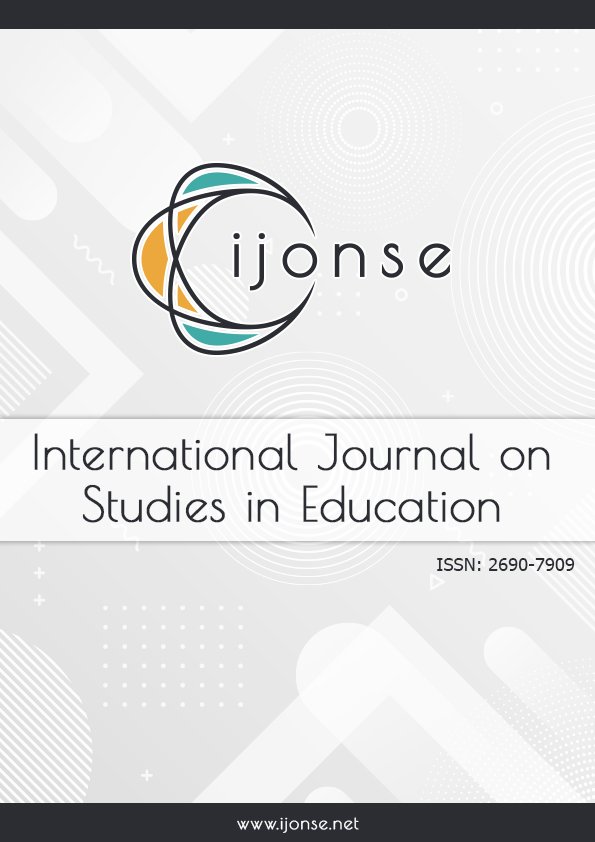Project-Based Learning in Science Education: A Bibliometric Network Analysis
DOI:
https://doi.org/10.46328/ijonse.200Keywords:
Project-based learning, Bibliometric analysis, VOSviewer, ScopusAbstract
The project-based learning model is the most common method used concerning transferring knowledge and skills gained from the courses of sciences to the daily lives of students. Through the relevant method, science courses are considered to be more efficient and understandable as well as to be more loved by the students. In this respect, it is of great importance to periodically examine the research on project-based learning in science education and to identify trends. In this study, it was aimed to determine the content analysis and trends of the studies on project-based learning in science education. First, we registered 885 publications using “science education and project-based learning” in the “Social Sciences” category from Scopus, documents were then exported to CSV form and in turn, subjected to the bibliometric analysis using VOSviewer Software. In addition, the bibliometrix program was used for Lotka's law and author effect ratio.References
Konu Kadirhanogullari, M. & Ozay Kose, E. (2024). Project-based learning in science education: A bibliometric network analysis. International Journal on Studies in Education (IJonSE), 6(1), 85-108. https://doi.org/10.46328/ijonse.200
Downloads
Additional Files
Published
Issue
Section
License
Articles may be used for research, teaching, and private study purposes. Authors alone are responsible for the contents of their articles. The journal owns the copyright of the articles. The publisher shall not be liable for any loss, actions, claims, proceedings, demand, or costs or damages whatsoever or howsoever caused arising directly or indirectly in connection with or arising out of the use of the research material.
The author(s) of a manuscript agree that if the manuscript is accepted for publication in the International Journal on Studies in Education (IJonSE), the published article will be copyrighted using a Creative Commons “Attribution 4.0 International” license. This license allows others to freely copy, distribute, and display the copyrighted work, and derivative works based upon it, under certain specified conditions.
Authors are responsible for obtaining written permission to include any images or artwork for which they do not hold copyright in their articles, or to adapt any such images or artwork for inclusion in their articles. The copyright holder must be made explicitly aware that the image(s) or artwork will be made freely available online as part of the article under a Creative Commons “Attribution 4.0 International” license.

This work is licensed under a Creative Commons Attribution-NonCommercial-ShareAlike 4.0 International License.





